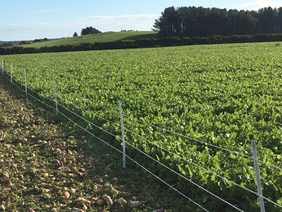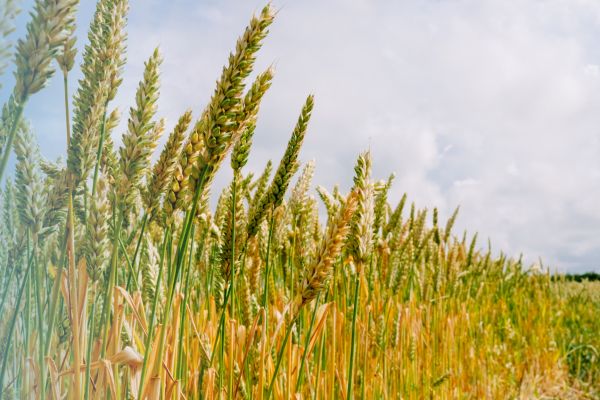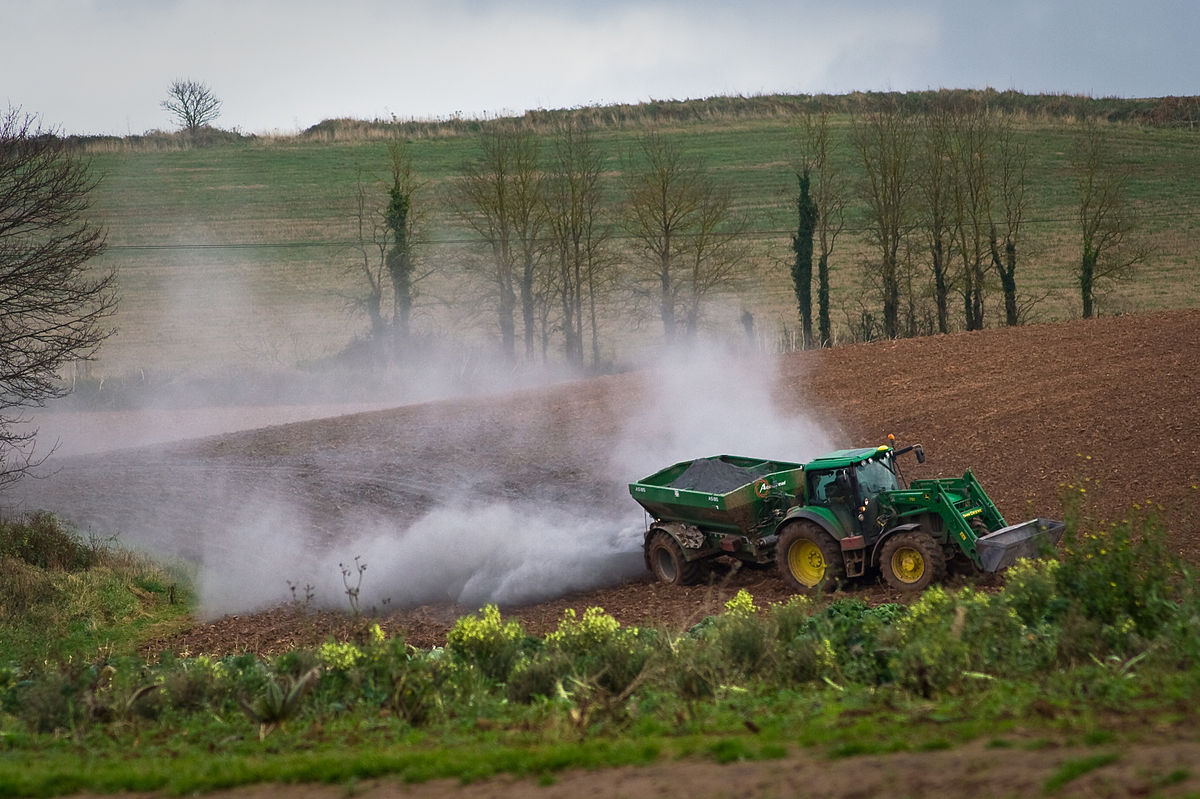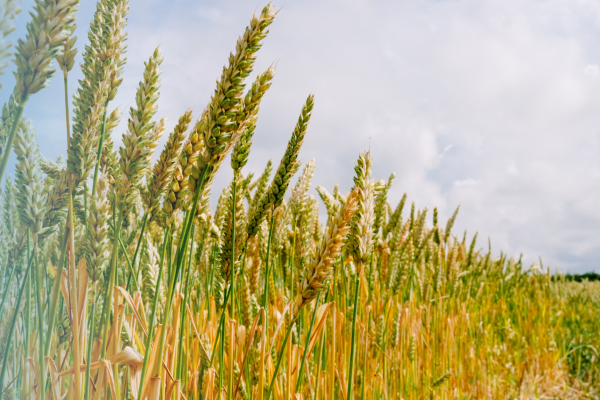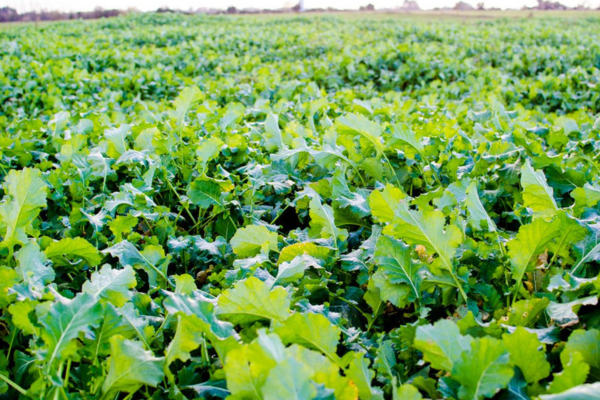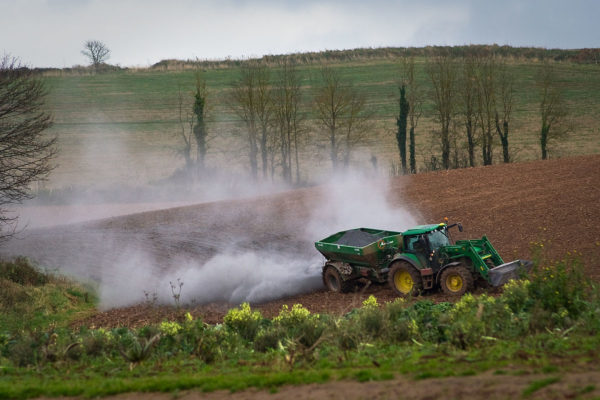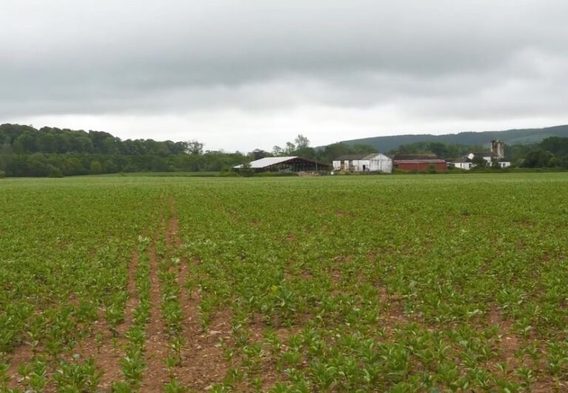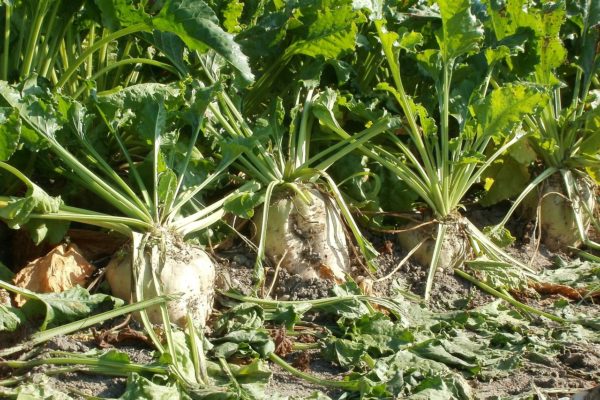Strategies for Soil and Forage Resilience in Scotland
10 June 2025Weather patterns in Scotland are becoming increasingly unpredictable, with more frequent and intense periods of rainfall and drought. Given Scotland’s diverse topography and soil types, some areas are better equipped to cope with these changes than others. Adapting soil and forage management practices is essential to building resilience against climate change.
This article will talk you through a range of things you can do to ensure healthy soils, from identifying the types of soil you have on your land and methods for developing a strong root system, right through to ongoing management of your soil.
1. Know Your Soil Types
Understanding soil types on your farm helps in responding to different conditions and dictates the how those soils should be managed.
- Light soils (with more sand particles) warm up faster and allow early crop growth but struggle in dry periods due to poor water retention. Lighter soils will be able to carry livestock earlier than heavier soils with a greater clay content
- Heavy clay soils retain more nutrients and water but take longer to heat up in spring and are more prone to poaching in winter.
For more information, refer to Principles of soil management (2025).pdf
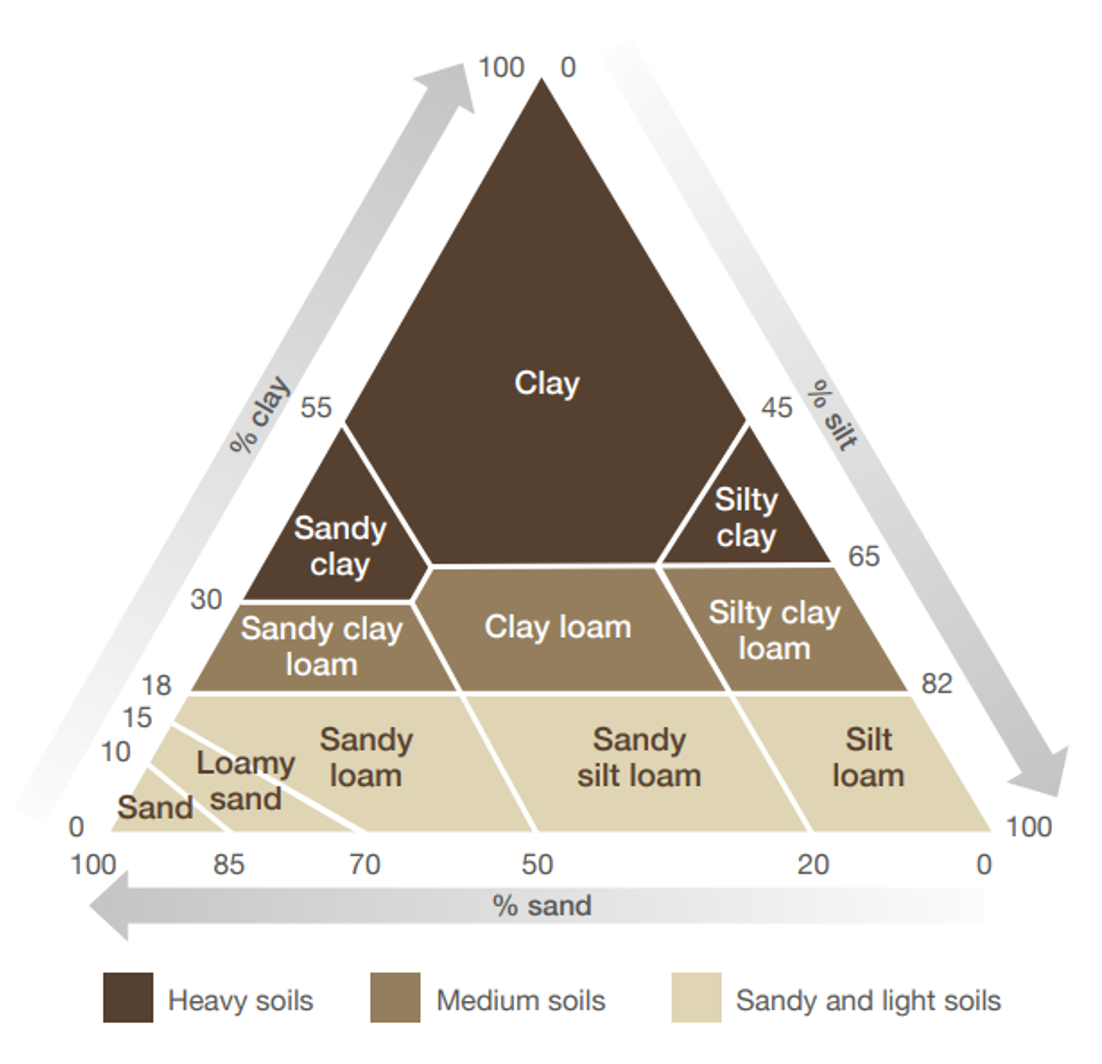
Diagram taken from AHDB Principle of Soil Management.
Monitor Your Soil Structure
Soil compaction reduces water movement and root accessibility.
- Compacted soils have large soil aggregates, making them hard to break by hand.
- Uneven pore spaces in compacted soils disrupt water flow, exacerbating drought stress.
- Compacted soils can affect the rooting ability of plants, limiting nutrient uptake and growth.
Regular evaluation using the Visual Evaluation of Soil Structure (VESS) guide can help identify problem fields and determine the best course of action.
Analyse Soil Organic Matter (OM)
Organic matter enhances soil health by:
- Improving soil structure, infiltration, and water-holding capacity.
- Holding and releasing nutrients to support plant growth.
- Enhancing drought tolerance in soils.
Grassland soils tend to have higher OM levels due to organic manure application and root decay. Laboratory Analysis can be used to baseline and monitor soil organic matter levels.
Nutrient Management
Nutrient planning on an annual basis helps to ensure crops have the fertility they need, before it is needed.
- Soil analysis is the most reliable way to monitor soil nutrients.
- The requirements for lime, P&K will vary depending on the crops being grown, soil type and yields
- Maintaining correct levels of soil pH, phosphorus (P), and potassium (K) ensures proper soil biological activity.
- Potassium regulates stomata, helping plants conserve water and boost photosynthesis, increasing their drought tolerance and ability to grow under stress.
Nutrient Management Planning should be adaptive, responding to crop requirements and weather conditions. Learn more at Nutrient Planning | Helping farmers in Scotland
2. Ensure Diverse Forages and Healthy Plants
Root Development
A strong root system is key to plant resilience.
- Early nutrient availability, especially phosphorus (P), is crucial for root development. Plants will not have enough energy to develop strong roots if there is not enough available P in the soil as they establish.
- Proper soil fertility and seedbed preparation ensure plants get off to a good start.
- Regular monitoring of soil pH, P and K levels and soil structure will help a plant to maintain a strong root system which can scavenge for nutrient and water throughout its life.
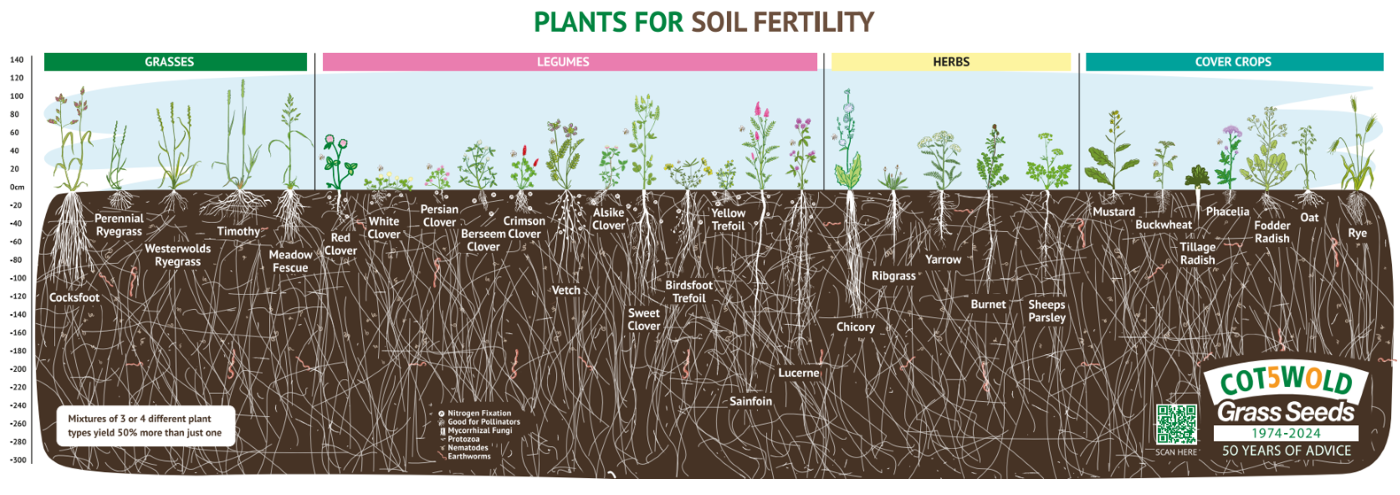
Click here to view the full image
Species Selection
Consider species attributes when planning new leys:
- Deep-rooted plants improve soil structure and cope with dry conditions. A herb and legume mix can provide a boost in yield during summer but grazing should be limited in the winter to prevent damaging plants and reducing the lifespan of the sward.
- Legumes help fix nitrogen, reducing reliance on artificial fertilizers and can tolerate warmer conditions, thriving when grasses may struggle.
- For more information, visit the Grassland and Herbal Leys Species Guide.
Forage Crops & Bale Grazing
Forage crops and practices such as bale grazing can be valuable elements of a pastoral system, for both short periods of time or longer periods these crops can offer a significant boost to the total forage produced across the farm and take pressure off areas of the farm which may be more sensitive to the extreme weather conditions. To learn more about the merits of different crops, check out Technical note (TN733): Forage Crops for Livestock | Information helping farmers in Scotland | Farm Advisory Service
3. Ongoing Management
Grazing Management
Effective grazing management allows plants time to recover, promoting strong swards. There are many different types of grazing strategies and often it may be a combined approach of different strategies at different times of year which deliver the best results. For more information on different grazing strategies see Practical Guide: Comparing Grazing Strategies. A fundamental part of growing strong swards of grass is providing the time for plants to recover between grazing or cutting events.
Soil Protection
Limiting damage to soil structure through excessive livestock poaching or repeated trafficking helps to reduce the impact of compaction on soil biology, crop health and water and nutrient availability. Knowledge of the soil types on farm and how they should be managed can help to plan when and how those soils should be used and create a longer-term management plan which alternates how fields are used. For example, alternating fields which are cut for silage to reduce the volume of traffic through manure applications, cutting and harvesting in one year.
Lorna Galloway, SAC Consulting
Sign up to the FAS newsletter
Receive updates on news, events and publications from Scotland’s Farm Advisory Service

